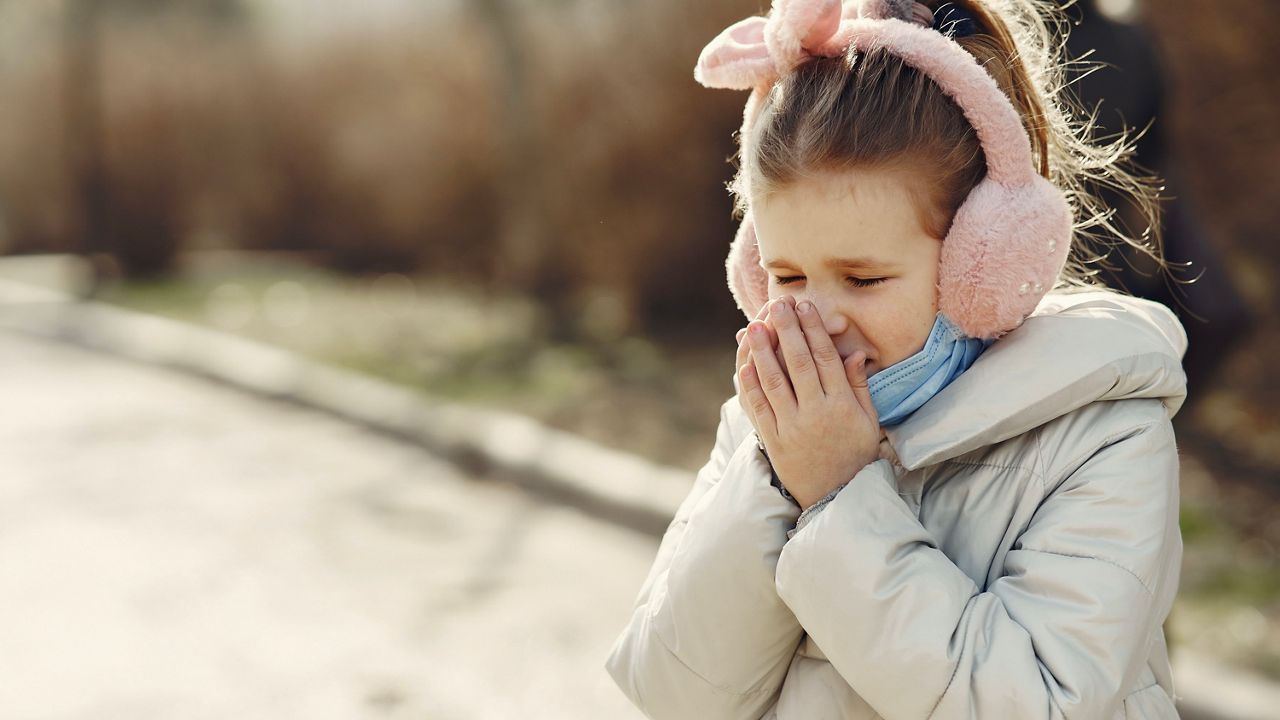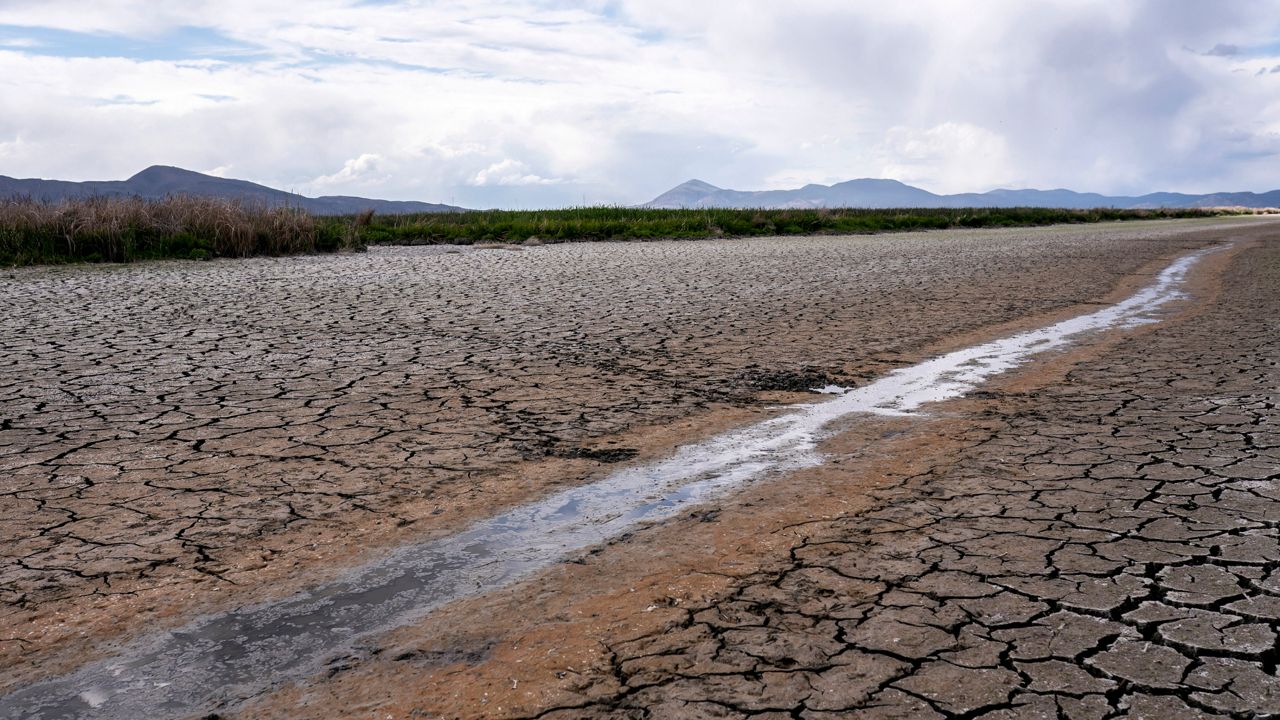We’ve all been there. After a fresh snow, you step outside to shovel or snow blow... and boom. Instant headache.
That headache is caused by more than just the idea of having to move snow, it is caused by something called snow albedo.
What is snow albedo? According to the National Weather Service glossary, albedo is reflectivity; the fraction of radiation striking a surface that is reflected by that surface. That sounds complex, but I can guarantee you that you already understand the concept without knowing you do.
Close your eyes and imagine a hot summer day. You have a choice between a white t-shirt and a black t-shirt. What will you choose? My guess is white. The reason is that when sunlight hits the white shirt; it reflects off it. That means it stays colder than a black shirt, which would absorb all the sunlight and make you warmer.
In the winter, not only does the reflection of sun off the snow hurt your eyes, but it makes the ground colder at the surface. So, if there is snowpack on the ground, forecasters take that into consideration when choosing an overnight low.
The fresher the snow, typically the cooler the temperature will be. This is just another reason the study of meteorology and weather is so fascinating.
For reference, a high albedo is a number closer to one. The closer to one, the more reflection there is. Fresh snow can have an albedo of 0.8 or 0.9. Old snow has a lower albedo closer to 0.4. Grass usually measures in around 0.2 to 0.3.
Follow Meteorologist Kaylee Wendt on Facebook, Instagram and Twitter.
Our team of meteorologists dives deep into the science of weather and breaks down timely weather data and information. To view more weather and climate stories, check out our weather blogs section.









